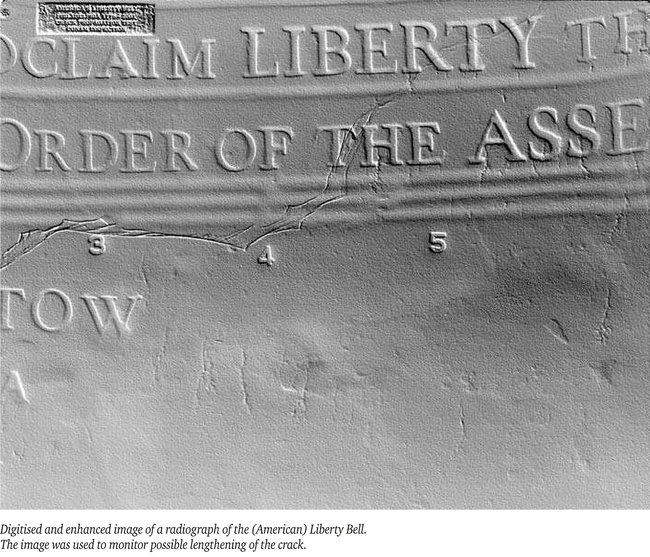Image
Image

Eyebrow
Blog
What are factors influencing the image quality?
In this article:
- Image Quality Is Defined by Sensitivity, Contrast, Sharpness, and Graininess: These four core parameters determine how clearly a radiograph reveals internal features and flaws, with sensitivity referring to the smallest detectable detail
- Contrast Depends on Material and Radiation Properties: Differences in material thickness, radiation transparency, defect geometry, and radiation energy all influence image contrast and the visibility of anomalies
- Sharpness Is Affected by Geometric and Equipment Factors: Key influences include focal spot size, source-to-object and object-to-film distances, screen contact, and the type of intensifying screens used
- Graininess Relates to Film Composition and Processing: The size and concentration of silver crystals in the film emulsion, along with development conditions, impact the granularity and visual texture of the image
- Radiographers Can Only Adjust Certain Parameters: While many factors are fixed during film manufacturing, radiographers can control radiation energy and exposure setup to optimize image quality during inspection
What are factors influencing the image quality?
With regard to image quality, the term frequently used is “sensitivity”. Sensitivity determines the extent to which a radiograph is able to clearly show (anomaly) details of a certain size. Sensitivity in this sense must not be confused with the sensitivity or “speed” of the film. (see section 7.5).
Image contrast is affected by :
- differences in thickness of the specimen
- the radio-opacity (radiation transparency) of the specimen and its defects
- the shape and (depth)location of the defects
- the quality (hardness) of the radiation
- the amount and effects of scattered radiation
- the effect of filters used
Discernibility of defects on a radiograph depends in general on:
- the quality of the radiation
- the properties of the film
- the film viewing conditions Image quality is governed by contrast, sharpness and film graininess.
Film contrast depends on:
- the type of film
- the density level
Sharpness of an image is governed by:
- the (effective) size of the focal spot or radiation source
- the source-to-object distance
- the object-to-film distance
- the contact between film and intensifying screens
- the type of intensifying screens used
- the radiation energy used
The last factor, graininess, depends on :
- the thickness of the emulsion layer
- the concentration of silver crystals in the emulsion (silver/gelatine ratio)
- the size of the silver crystals
- the radiation energy used
- the developing process employed
The radiation energy level is the only factor that can be influenced by the radiographer; the other factors are determined by the film making process.

